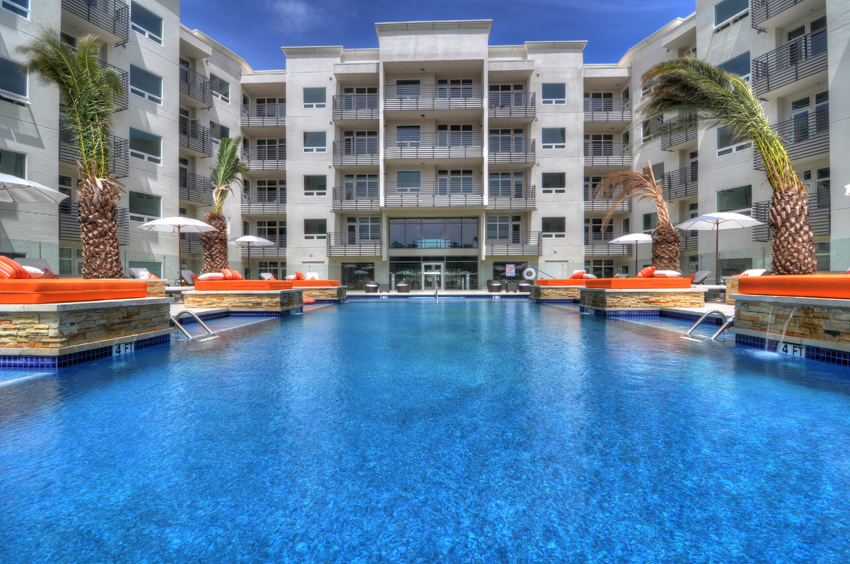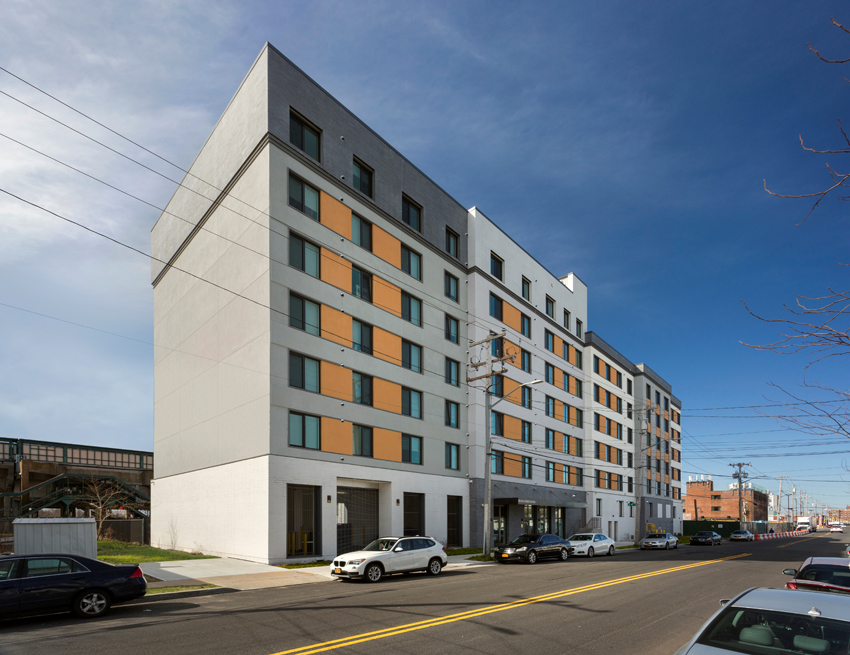Making the Business Case for Building with Insulated Concrete Forms: Energy, Safety, and Savings
Increasing Energy Efficiency and Decreasing Noise and Vibration
Houses and mid-rise apartments are sometimes constructed poorly, often for the sake of flipping a house or apartment building for a profit. However, it is becoming readily apparent that buildings need to be designed and constructed to last for generations rather than only a few decades.
Energy Efficiency
According to a report from the Institute for Market Transformation (IMT), increasing the energy efficiency of America’s multifamily buildings—nearly 18.5 million households—could save building owners and managers, residents, governments, energy-efficiency service providers, and financiers close to $3.4 billion annually. ICFs provide solutions to these growing energy concerns: their high thermal mass reduces conduction and convection. The result is a building with lower energy usage and improved comfort inside due to more consistent temperatures and lack of drafts. A more energy-efficient envelope means more money saved every year while reducing the project’s carbon footprint.
ICF walls are considered by the IECC and ASHRAE 90.1 as mass walls with continuous insulation. Typical whole wall ICF assemblies have an R-value between R-24 and R-26 depending on the exterior and interior finish materials compared to R-11 and R-19 for 2x4 and 2x6 wood frame. Thermal resistance (R-value) does not take into account the effects of thermal mass, and by itself does not fully describe the beneficial properties of ICFs. The damping and lag effect of thermal mass means fewer spikes in heating and cooling requirements since the mass buffers indoor temperature fluctuations, contributing to occupant comfort. Thermal mass shifts energy demand to off-peak time periods when utility rates are lower, reducing costs further. ICF walls can exceed the requirements for all climate zones for both residential and commercial thermal envelopes above and below grade because of the combination of extreme R-value and thermal mass.
Achieving a high-performance building envelope also means minimizing air leakage, and ICF walls are tighter than wood-frame or light-gauge steel walls. In tests, they averaged about half as much air infiltration as wood frame. In many cases, the air-infiltration rates are as low as 0.5 air changes per hour. Thermal bridging is also eliminated with ICF walls when compared to wood and light-gauge steel. Since the energy consumption of ICF buildings are lower, the HVAC systems can be smaller and more efficient, adding to energy savings. The result is energy savings ranging from 20 percent to as much as 50 percent depending on other energy-efficiency strategies employed for the building.
Noise and Vibration
Concrete walls and floors have long been used as the material of choice for reducing sound transmission, which is key to a better guest experience in the hospitality sector and better retention rates in multifamily housing. Occupant retention rates and financial savings will be discussed in more detail in the following section.
ICFs are often used for hotel and hospitality projects for their ability to isolate and dissipate noise. Noise transmission in residential buildings is also important to reduce noise both between units and from the outside. Most multifamily buildings, whether they are apartment buildings or hotels, are generally located in urban centers where car and truck traffic can affect occupants’ quality of life. The fact that ICFs can eliminate sound transmission at virtually no additional cost makes them attractive for any project in which peace and quiet is a selling point.
The concrete core of ICFs offer excellent noise control in two ways. First, it blocks airborne sound transmission over a wide range of frequencies. Second, concrete absorbs noise, thereby diminishing noise intensity. Because of these attributes, ICF walls and floors have been used successfully in multifamily and hospitality applications.
The International Building Code (IBC) has requirements to regulate sound transmission through interior partitions separating adjacent dwelling units and separating dwelling units from adjacent public areas. Six-inch ICF walls easily achieve a sound transmission classification (STC) rating of 55. Higher STC ratings of up to STC 70 can be achieved with additional gypsum wallboard or special isolation channels. For ICF floors, most meet STC 50 or higher and an impact insulation class (IIC) rating of 50 or higher depending on the floor and ceiling finish as required by the IBC.











